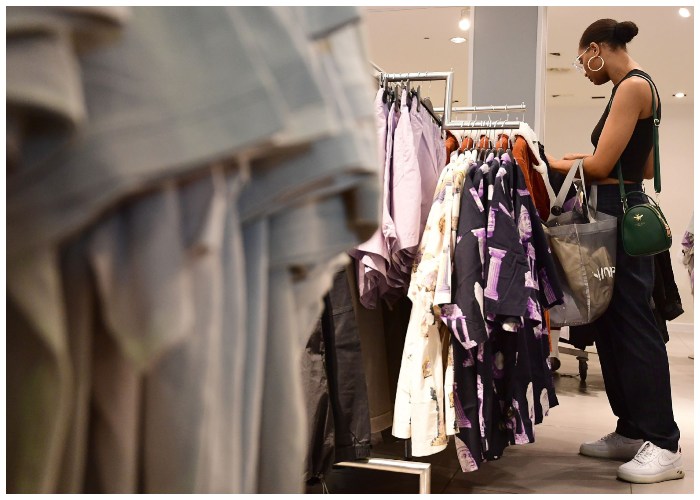Retail shopping is at a turning point. For years, online shopping has dominated, offering unparalleled convenience, endless variety, and the ability to browse from the comfort of home. Yet, while digital commerce has thrived, something essential has been lost—the immersive, tactile, and social experience of in-store shopping. As consumer habits shift and brands look for ways to engage beyond the screen, is physical retail poised for a resurgence?
The Convenience vs. Experience Dilemma
E-commerce has transformed the way we shop, eliminating the need to navigate crowded high streets or engage in casual small talk with sales associates. One-click purchases and doorstep deliveries have become the norm. However, this frictionless process comes with drawbacks. For one, online shopping often lacks authenticity. Customers rely on staged product photos and glowing descriptions, only to receive items that don’t meet expectations.

This disconnect has led to a surge in product returns, with many retailers struggling to manage the logistical and environmental fallout of an increasingly wasteful process. Furthermore, online shopping has fundamentally altered the retail workforce. Instead of thriving storefronts staffed by knowledgeable employees, warehouses now serve as the backbone of modern retail—often at the expense of fair wages and working conditions. While convenience remains a driving factor, the trade-offs are becoming harder to ignore.
The Collapse of Iconic Retail Spaces
High streets, once the heart of urban commerce, have suffered as online shopping has flourished. Major retail institutions have vanished—London’s Topshop flagship store and Fenwick on Bond Street are just two high-profile casualties of this retail transformation. The decline of department stores and once-thriving shopping districts raises a pressing question: Is physical retail simply outdated, or is there a way to breathe new life into the shopping experience?
Retail Reinvented: A More Engaging Approach
Despite the challenges, brick-and-mortar stores still hold immense value—when done right. The key to revitalizing physical retail isn’t simply stocking shelves; it’s about creating immersive, experience-driven spaces that offer what online shopping cannot.
Some brands are already embracing a multi-purpose approach to retail. By integrating coffee shops, event spaces, and interactive displays, they transform stores into destinations rather than mere points of sale. This strategy encourages longer visits, fosters brand loyalty, and appeals to customers seeking social interaction alongside shopping.

Retailers like Albaray, an independent fashion brand, have successfully transitioned from e-commerce to physical stores by carefully selecting locations based on online customer insights. Their presence in Chichester, for example, wasn’t a random decision—it was driven by data, proving that smart, location-based investments in retail can pay off.
Additionally, local governments and businesses are working together to revitalize pedestrian-friendly shopping areas, making high streets more inviting and accessible. Efforts to support independent retailers, improve aesthetic appeal, and foster a sense of community are slowly reshaping the perception of brick-and-mortar shopping.
Why Physical Shopping Still Matters
Even in a tech-driven world, certain aspects of shopping can’t be replicated online:
- The Sensory Experience – Touching fabrics, testing products, and seeing colors in real life eliminate the guesswork of online shopping.
- Instant Gratification – No waiting for delivery, no shipping delays—just walk out with your purchase.
- Social Connection – Shopping is often a shared activity, and the opportunity to engage with knowledgeable staff and fellow customers enhances the experience.
For retailers, the lesson is clear: Physical shopping isn’t dead, but it must evolve. The future of brick-and-mortar retail depends on stores becoming engaging, experiential spaces that customers actively want to visit.
The Verdict: Is the High Street Back?
Retail is undergoing a transformation rather than a decline. While e-commerce will always have a place, the brands that survive—and thrive—will be those that understand the unique value of in-person shopping and leverage it to create something online retail cannot.
As brands invest in better-designed stores, immersive experiences, and community-driven retail spaces, the high street is slowly but surely reclaiming its relevance. The only question left is whether consumers are ready to step away from their screens and back into the shops. If recent trends are any indication, the answer might be yes.